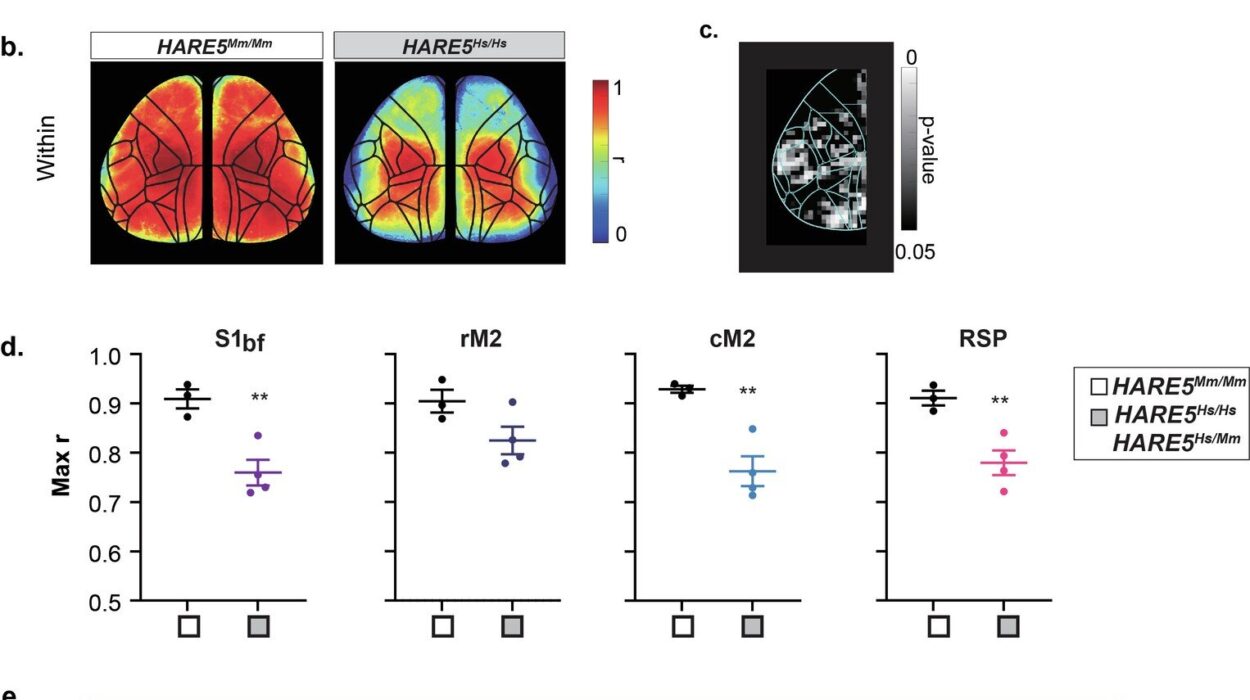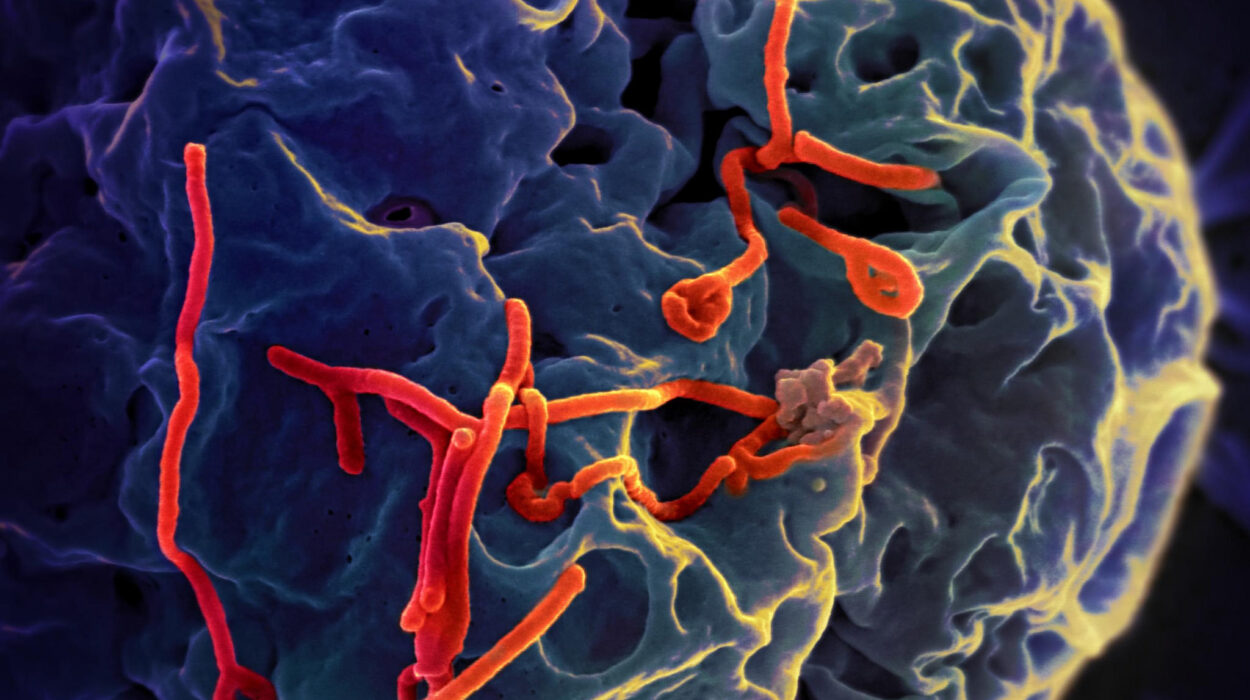A woman’s body is an extraordinary landscape of strength, resilience, complexity, and change. It’s more than just a biological vessel—it’s a dynamic, intelligent system designed to support life, adapt to change, and express vitality. Yet, many women grow up with only fragmented knowledge of their anatomy, physiology, hormones, and health needs. In a society that often focuses more on appearance than inner function, reclaiming an intimate understanding of one’s body is nothing short of revolutionary.
From the rhythms of menstruation to the complexities of hormones, from the miracle of pregnancy to the transitions of menopause, a woman’s body tells stories every day. Listening to it, understanding its signals, and knowing how to care for it isn’t just empowering—it’s essential.
Hormones: The Body’s Silent Architects
At the center of nearly everything that happens in a woman’s body are hormones. These chemical messengers operate behind the scenes, influencing mood, metabolism, energy, sleep, sex drive, fertility, and even how we respond to stress. Estrogen, progesterone, testosterone, cortisol, insulin, and thyroid hormones each play unique and interconnected roles.
During puberty, estrogen and progesterone begin to surge, initiating changes that turn a girl into a woman. Breasts develop, hips widen, and the menstrual cycle begins—a monthly rhythm that will last, on average, until her early 50s. But these hormones don’t just influence reproductive health; they affect the brain, bones, skin, and heart too.
Imbalances—whether from stress, diet, illness, or natural life stages—can wreak havoc. Symptoms like weight fluctuations, acne, anxiety, brain fog, irregular periods, and fatigue often signal deeper hormonal shifts. Understanding these shifts can transform how a woman approaches everything from diet and exercise to mental health and aging.
The Menstrual Cycle: A Monthly Health Report
Menstruation is often misunderstood or even viewed with shame or embarrassment, yet it is one of the most powerful indicators of health. The menstrual cycle is not just about reproduction—it’s a mirror reflecting the body’s internal state.
The average cycle is 28 days, but anything between 21 and 35 can be considered normal. It comprises four phases: menstrual, follicular, ovulatory, and luteal. Each phase brings its own hormonal landscape, influencing energy levels, mood, libido, and physical symptoms.
When cycles are irregular, excessively painful, or accompanied by heavy bleeding or extreme mood swings, it’s not just a nuisance—it’s a sign that something may be off. Conditions like polycystic ovary syndrome (PCOS), endometriosis, and thyroid disorders often manifest through menstrual irregularities. Listening to these patterns helps a woman recognize when her body needs support.
Fertility: Power, Not Pressure
Fertility is more than the ability to conceive. It’s a dynamic expression of health, hormonal balance, and body awareness. In a world where many women delay motherhood due to education, careers, or personal choice, understanding fertility is more important than ever.
Ovulation—when an egg is released from the ovary—is the key event of the menstrual cycle. It not only determines fertility windows but also supports the production of progesterone, essential for mood, sleep, and metabolic health. Even women not trying to conceive benefit from tracking ovulation as a sign of overall hormonal health.
Infertility is more common than often acknowledged, affecting 1 in 8 couples. But fertility is not solely a female issue. Male factors contribute to nearly half of all infertility cases. For women, age, weight, stress, underlying conditions, and even environmental toxins can influence fertility. Recognizing early signs of irregular ovulation, tracking cycles, and knowing when to seek help are critical steps.
Pregnancy and Childbirth: Awe, Anxiety, and Adaptation
Pregnancy is one of the most astonishing transformations the female body can undergo. In just nine months, a woman’s body creates a new human being—while supporting her own life.
This period is a whirlwind of hormonal and physical changes. Blood volume doubles. The heart works harder. Organs shift to make room for a growing uterus. Estrogen and progesterone skyrocket, influencing everything from emotions to digestion.
Despite its wonder, pregnancy can also bring complications—gestational diabetes, preeclampsia, anemia, and more. Understanding warning signs, attending regular prenatal care, and listening to the body’s subtle cues can make all the difference. Childbirth, too, is a powerful event that varies enormously from one woman to another. Whether through vaginal delivery, cesarean section, or assisted birth, each experience is valid and deeply personal.
After delivery, the postpartum period is often overlooked, though it is a time of profound physical and emotional transition. Hormones plummet, breastfeeding begins (or doesn’t), and sleep deprivation challenges every part of a woman’s being. Support, education, and compassion are crucial during this time, as postpartum depression and anxiety affect many but often go undiscussed.
Menopause: A New Chapter, Not a Decline
Menopause is not the end of womanhood—it’s a transformation. Typically occurring between ages 45 and 55, menopause marks the end of menstrual cycles and natural fertility. It is diagnosed after 12 months without a period, but the transition—called perimenopause—can last for several years.
Hot flashes, night sweats, mood swings, memory lapses, and vaginal dryness are common during this stage. These changes are the result of estrogen withdrawal and a shift in hormonal equilibrium. But menopause is more than symptoms—it’s a rebalancing.
With declining estrogen comes increased risks: heart disease, osteoporosis, and metabolic syndrome become more common. But this stage also offers an opportunity for reinvention. Many women find greater confidence, clarity, and freedom in their post-reproductive years. Lifestyle changes, hormone therapy, and natural remedies can all support well-being during this period.
Breasts: Beyond Beauty and Sexuality
Breasts are often sexualized, but they are first and foremost functional and biological. From puberty through menopause, breasts change shape and density in response to hormones. They swell during menstruation, lactate during nursing, and often sag with age.
Understanding what’s normal—like fibrocystic changes, tenderness, or size variation—is important. So is recognizing when something might signal a problem. Regular self-exams, clinical exams, and mammograms after age 40 (or earlier with risk factors) are vital tools for early breast cancer detection.
Breast health also includes awareness of skin changes, nipple discharge, or lumps. And it’s worth noting that not all breast lumps are cancerous—many are benign cysts or fibroadenomas. Nonetheless, anything new or unusual should be checked by a medical professional.
Pelvic Health: The Silent Foundation
The pelvic floor is a group of muscles that support the uterus, bladder, and bowel. It’s central to urinary control, sexual function, and core strength. Yet many women are unaware of it—until something goes wrong.
Childbirth, aging, weight gain, or chronic constipation can weaken these muscles, leading to incontinence, pelvic organ prolapse, or pain during sex. Kegel exercises, physical therapy, and sometimes surgery can restore function and improve quality of life.
Infections like bacterial vaginosis, yeast infections, and urinary tract infections are also common pelvic issues. Knowing the symptoms and seeking timely treatment can prevent complications. And because pelvic pain is often dismissed, persistent discomfort should never be ignored—it may point to endometriosis, interstitial cystitis, or other conditions that require attention.
Skin, Hair, and Body Image: The External Mirror
The skin is the largest organ, and it often reflects internal health. Hormonal imbalances can cause acne, hirsutism, or hair thinning. Pregnancy can lead to melasma (dark patches), while menopause may bring dryness and wrinkles. Understanding these changes can help women choose the right skincare, avoid unnecessary treatments, and recognize signs of deeper issues.
Hair, too, is affected by hormones. Changes in thickness, texture, or growth patterns can be signs of thyroid disorders, PCOS, or nutrient deficiencies. And while much of modern culture ties a woman’s worth to appearance, true health is not about perfection—it’s about balance, function, and how one feels in her own skin.
Body image is a profound part of self-perception. Societal pressures can warp a woman’s relationship with her body, leading to disordered eating, low self-esteem, or chronic stress. Embracing body diversity, practicing self-compassion, and seeking mental health support when needed are powerful acts of self-care.
The Brain and Emotional Resilience
A woman’s brain is sensitive to hormonal rhythms, stress, and sleep. Conditions like anxiety and depression often spike during hormone shifts—puberty, postpartum, perimenopause. Recognizing this connection is essential for emotional health.
Cortisol, the stress hormone, can disrupt nearly every system in the body when chronically elevated. Learning stress reduction techniques—mindfulness, exercise, therapy, creative expression—can have profound benefits. Cognitive health is also crucial. As women age, they may worry about memory loss or cognitive decline, especially if they’ve seen loved ones suffer from dementia. Staying mentally active, socially engaged, and physically healthy can protect the brain long-term.
Nutrition and Movement: Fueling a Woman’s Life
Nutrition isn’t just about weight—it’s about energy, hormonal balance, and longevity. Women’s nutrient needs vary throughout life. Iron is critical during menstruating years. Calcium and vitamin D are essential for bone health, especially after menopause. Omega-3s support brain function. Fiber helps regulate hormones and digestion.
Fad diets often ignore these complexities. Restrictive eating can lead to deficiencies, hormonal disruption, or eating disorders. Instead, a balanced approach—rich in whole foods, healthy fats, lean proteins, and plant-based fiber—nourishes the body at every stage.
Movement is medicine. From strength training to support bone health, to yoga for pelvic floor awareness, to walking for cardiovascular fitness, physical activity supports every aspect of a woman’s body. It also improves mood, sleep, and confidence.
Sexual Health and Intimacy
Sexuality is not static. It evolves across a woman’s lifespan and is shaped by hormones, experiences, relationships, and self-image. Painful sex, low libido, or lack of orgasm are not signs of failure—they’re signs the body is trying to communicate something.
Good sexual health includes understanding anatomy (like the clitoris, which has over 8,000 nerve endings), communicating desires and boundaries, and recognizing when something feels off. STIs, vaginal infections, or hormonal shifts can all impact sexual experience.
Intimacy is not just physical—it’s emotional, mental, and spiritual. A woman’s sense of safety, connection, and worth deeply influences her experience of pleasure. Honoring these layers helps build fulfilling relationships—with partners and with oneself.
Taking Charge: Advocacy, Access, and Autonomy
Navigating the healthcare system can be daunting. Women are more likely to have their pain dismissed or symptoms minimized. Being an informed advocate—tracking symptoms, asking questions, seeking second opinions—is crucial.
Access to care remains unequal. Socioeconomic status, race, geography, and education all influence how and when women receive treatment. Closing this gap requires systemic change, but awareness is a first step.
Autonomy means trusting your body, knowing your rights, and making choices aligned with your values—whether about contraception, childbirth, menopause treatment, or cosmetic procedures. Every woman deserves respect, information, and support.
Conclusion: Knowing Your Body is Power
The female body is not a problem to be fixed, but a force to be understood. It is complex, capable, and worthy of care. From menstruation to menopause, fertility to fatigue, strength to softness, the journey through womanhood is rich and varied. Knowledge is not just protection—it’s power. And in a world that often tells women to shrink, knowing your body is a radical, life-affirming act of expansion.






